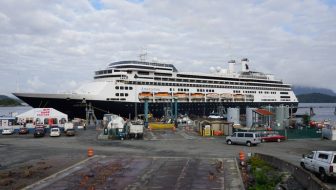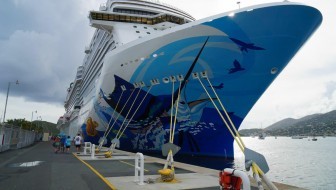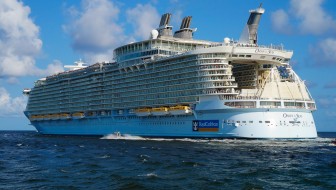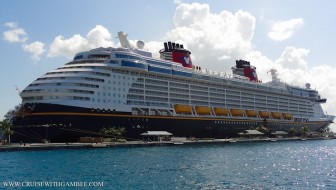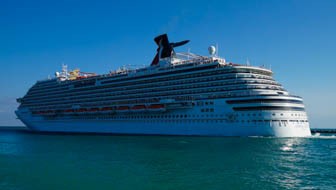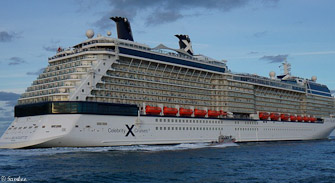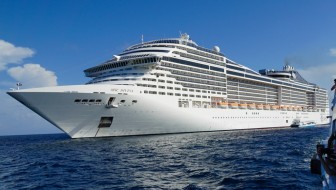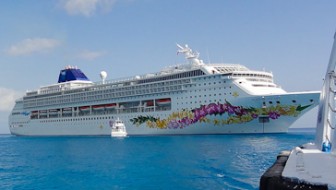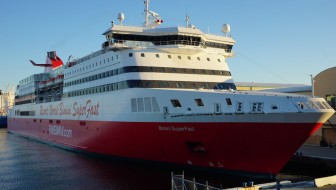The evolution of cruise ships can be divided into several phases:
- Early days: The first passenger ships were steamships that were used for transatlantic crossings in the 19th century. These ships were basic and lacked many of the amenities that are now considered standard on modern cruise ships.
- Golden age of cruising: In the early 20th century, the introduction of large ocean liners with luxurious interiors and a range of amenities marked the beginning of the golden age of cruising. These ships were often used for transatlantic crossings and were popular with wealthy passengers.
- Mass market cruising: In the 1960s and 1970s, cruise ships evolved to cater to a mass market, with a focus on affordability and accessibility. These ships offered basic amenities and a more casual atmosphere.
- Modern luxury cruising: In recent decades, cruise ships have evolved to offer a more luxurious and diverse experience, with an emphasis on high-end dining, entertainment, and recreation. Many modern cruise ships are equipped with features such as multiple restaurants, spas, casinos, and theaters.
- Eco-friendly cruising: In response to growing concerns about the environmental impact of cruise ships, the industry has made efforts to reduce emissions, conserve resources, and minimize waste. Some modern cruise ships feature eco-friendly technologies, such as hybrid propulsion systems and advanced waste management systems.

